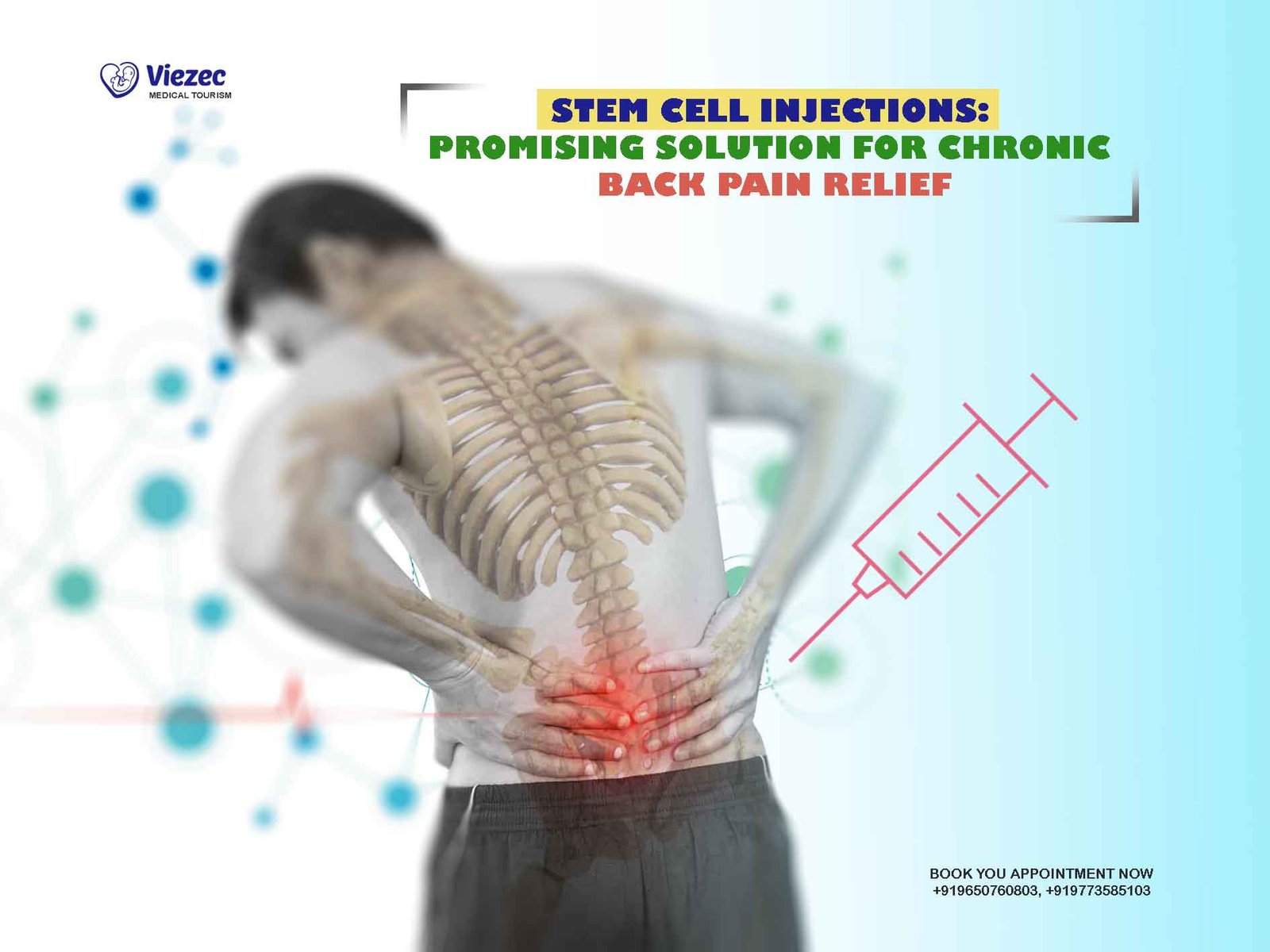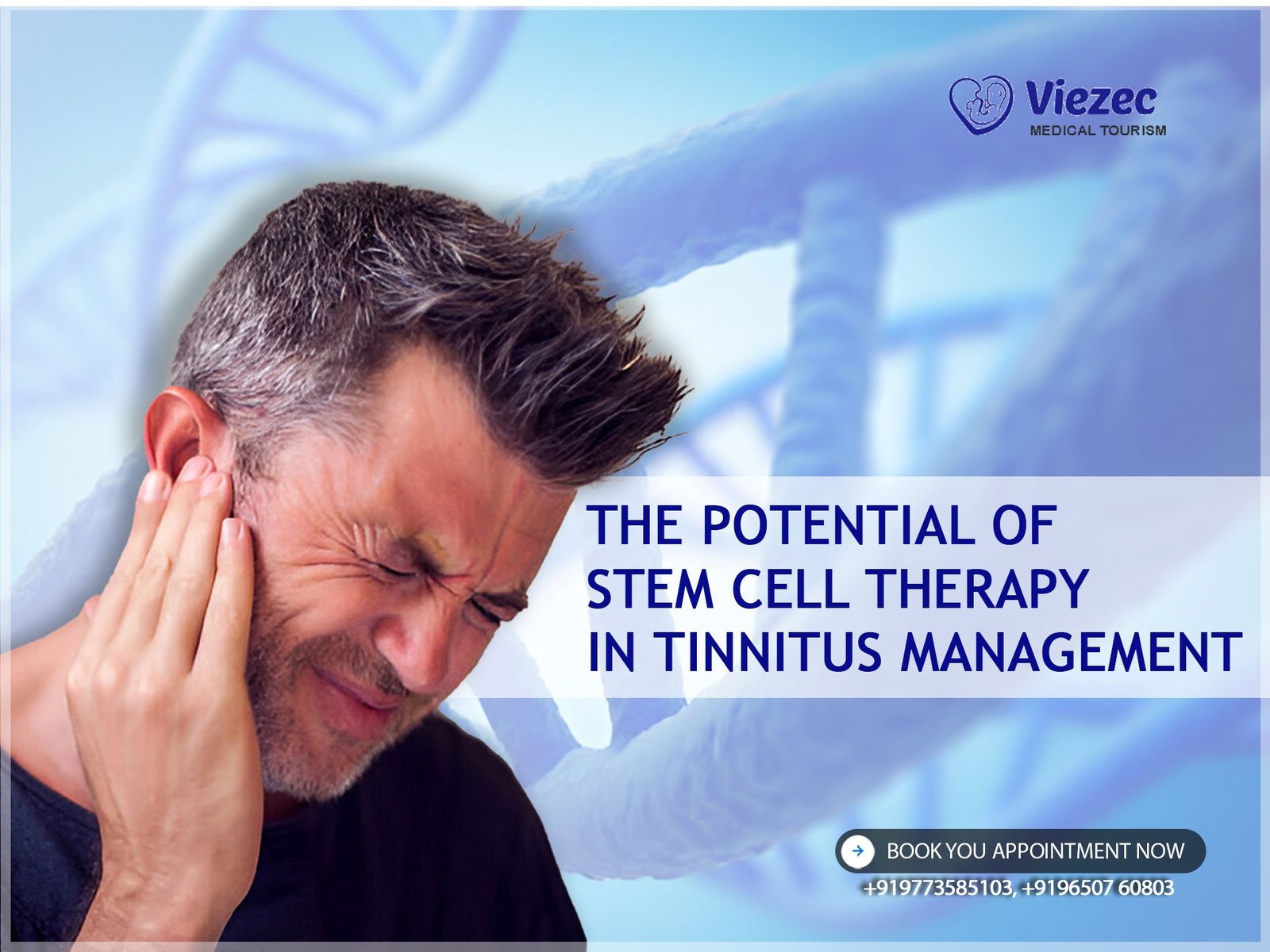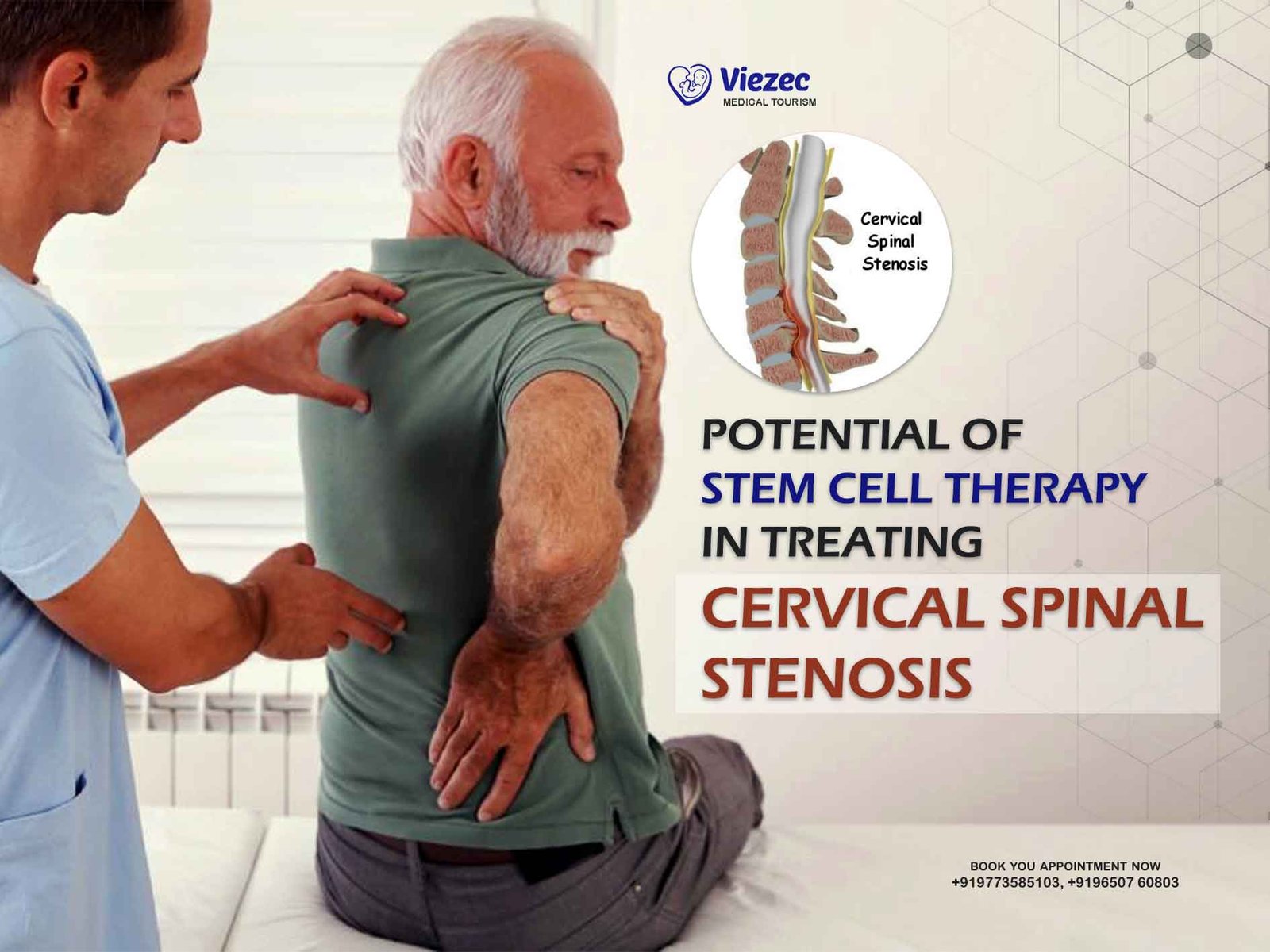Autologous hematopoietic stem cell transplantation (AHSCT) is a procedure that involves harvesting a patient’s own stem cells, treating them outside the body, and then reinfusing them back into the patient. This therapeutic approach has garnered significant attention and utilization in the treatment of various hematological malignancies and autoimmune disorders. The procedure holds promise due to its potential to restore a patient’s immune system and provide long-term remission. However, like any medical intervention, AHSCT comes with its own set of benefits, considerations, and potential risks. In this comprehensive review, we delve into the benefits and considerations associated with autologous hematopoietic stem cell transplantation.
Understanding Hematopoietic Stem Cells
Definition and Characteristics
Hematopoietic stem cells (HSCs) are a type of multipotent stem cell found in bone marrow and peripheral blood. These cells possess the unique ability to self-renew and differentiate into various blood cell types, including red blood cells, white blood cells, and platelets. The pluripotent nature of HSCs forms the basis for their therapeutic potential in regenerative medicine and transplantation.
Harvesting and Processing
The process of autologous hematopoietic stem cell transplantation begins with the collection of HSCs from the patient. This typically involves a procedure called apheresis, where blood is withdrawn from the patient, processed to isolate stem cells, and then returned to the patient. Alternatively, stem cells can be harvested directly from bone marrow through a surgical procedure.
Indications for Autologous Hematopoietic Stem Cell Transplantation
Hematological Malignancies
One of the primary indications for AHSCT is the treatment of hematological malignancies, including leukemia, lymphoma, and multiple myeloma. High-dose chemotherapy or radiation therapy is often used to eradicate cancerous cells, followed by the infusion of autologous stem cells to restore hematopoietic function.
Autoimmune Disorders
AHSCT has also emerged as a potential treatment option for severe autoimmune disorders, such as multiple sclerosis, systemic sclerosis, and lupus erythematosus. By ablating the aberrant immune response and resetting the immune system with autologous stem cells, AHSCT offers hope for inducing sustained remission in these conditions.
Benefits of Autologous Hematopoietic Stem Cell Transplantation
Disease Remission and Survival
One of the primary benefits of AHSCT in the context of hematological malignancies is its ability to induce durable remission and improve overall survival rates. High-dose chemotherapy, followed by stem cell rescue, allows for more aggressive treatment regimens that can target chemotherapy-resistant cancer cells.
Immune System Reconstitution
In addition to its therapeutic effects on malignancies, AHSCT facilitates the regeneration of a functional immune system. Following transplantation, reinfused stem cells migrate to the bone marrow and differentiate into mature blood cells, including immune cells. This immune system reboot can be particularly beneficial in the context of autoimmune disorders, where immune dysregulation underlies the pathogenesis of disease.
Reduced Risk of Graft-versus-Host Disease
Unlike allogeneic stem cell transplantation, which involves donor cells from a different individual, autologous transplantation eliminates the risk of graft-versus-host disease (GVHD). GVHD occurs when transplanted donor cells recognize the recipient’s tissues as foreign and mount an immune attack, leading to tissue damage and dysfunction. By using the patient’s own stem cells, AHSCT bypasses this complication, thereby reducing morbidity and mortality associated with GVHD.
Considerations and Challenges
Treatment-Related Toxicities
Despite its therapeutic potential, AHSCT is associated with significant treatment-related toxicities, including myelosuppression, infection, and organ dysfunction. High-dose chemotherapy regimens used in conditioning protocols can cause severe cytopenias and compromise the patient’s ability to fight off infections. Additionally, organ toxicity, particularly cardiac and pulmonary toxicity, may occur as a result of chemotherapy or radiation therapy.
Risk of Disease Relapse
While AHSCT can induce remission in many cases, there remains a risk of disease relapse following transplantation. Residual cancer cells or disease progression post-transplantation can undermine the efficacy of the procedure and necessitate further treatment interventions. Strategies to mitigate the risk of relapse include optimizing conditioning regimens, incorporating novel targeted therapies, and implementing stringent surveillance protocols.
Long-Term Follow-Up and Monitoring
Long-term follow-up and monitoring are essential components of AHSCT care due to the potential for late complications and disease recurrence. Patients undergoing transplantation require regular assessments of hematopoietic function, immune reconstitution, and organ function to detect and manage late effects of treatment. Moreover, ongoing surveillance for secondary malignancies, such as therapy-related leukemia or solid tumors, is paramount in ensuring the safety and well-being of transplant recipients.
Future Directions and Innovations
Targeted Conditioning Regimens
Advances in personalized medicine and targeted therapy have led to the development of novel conditioning regimens that aim to maximize anti-tumor efficacy while minimizing treatment-related toxicity. Targeted agents, such as monoclonal antibodies and small molecule inhibitors, can selectively target cancer cells or disrupt tumor microenvironments, offering a more tailored approach to conditioning prior to AHSCT.
Immunomodulatory Strategies
Immunomodulatory therapies hold promise in enhancing the efficacy and safety of AHSCT by modulating immune responses and promoting tolerance. Strategies such as regulatory T cell infusion, cytokine manipulation, and checkpoint inhibitors are being explored to optimize immune reconstitution and prevent autoimmune complications post-transplantation.
Gene Editing and Cell Engineering
Recent advancements in gene editing technologies, such as CRISPR-Cas9, have opened new avenues for modifying hematopoietic stem cells ex vivo prior to transplantation. Gene editing allows for precise manipulation of the stem cell genome to correct genetic defects, enhance therapeutic efficacy, or confer resistance to chemotherapeutic agents. Additionally, cell engineering approaches, including chimeric antigen receptor (CAR) T cell therapy, offer innovative strategies for targeting and eliminating malignant cells post-transplantation.
Make an informed Decision
Autologous hematopoietic stem cell transplantation represents a powerful therapeutic modality for the treatment of hematological malignancies and autoimmune disorders. By harnessing the regenerative potential of the patient’s own stem cells, AHSCT offers the possibility of disease remission, immune system reconstitution, and improved long-term outcomes. However, the procedure is not without its challenges, including treatment-related toxicities, risk of disease relapse, and the need for long-term monitoring. Continued research efforts aimed at optimizing conditioning regimens, enhancing immune modulation, and integrating cutting-edge technologies hold promise for further improving the safety and efficacy of AHSCT. With careful consideration of benefits and considerations, autologous hematopoietic stem cell transplantation remains a vital therapeutic option in the armamentarium against hematological malignancies and autoimmune disorders.









